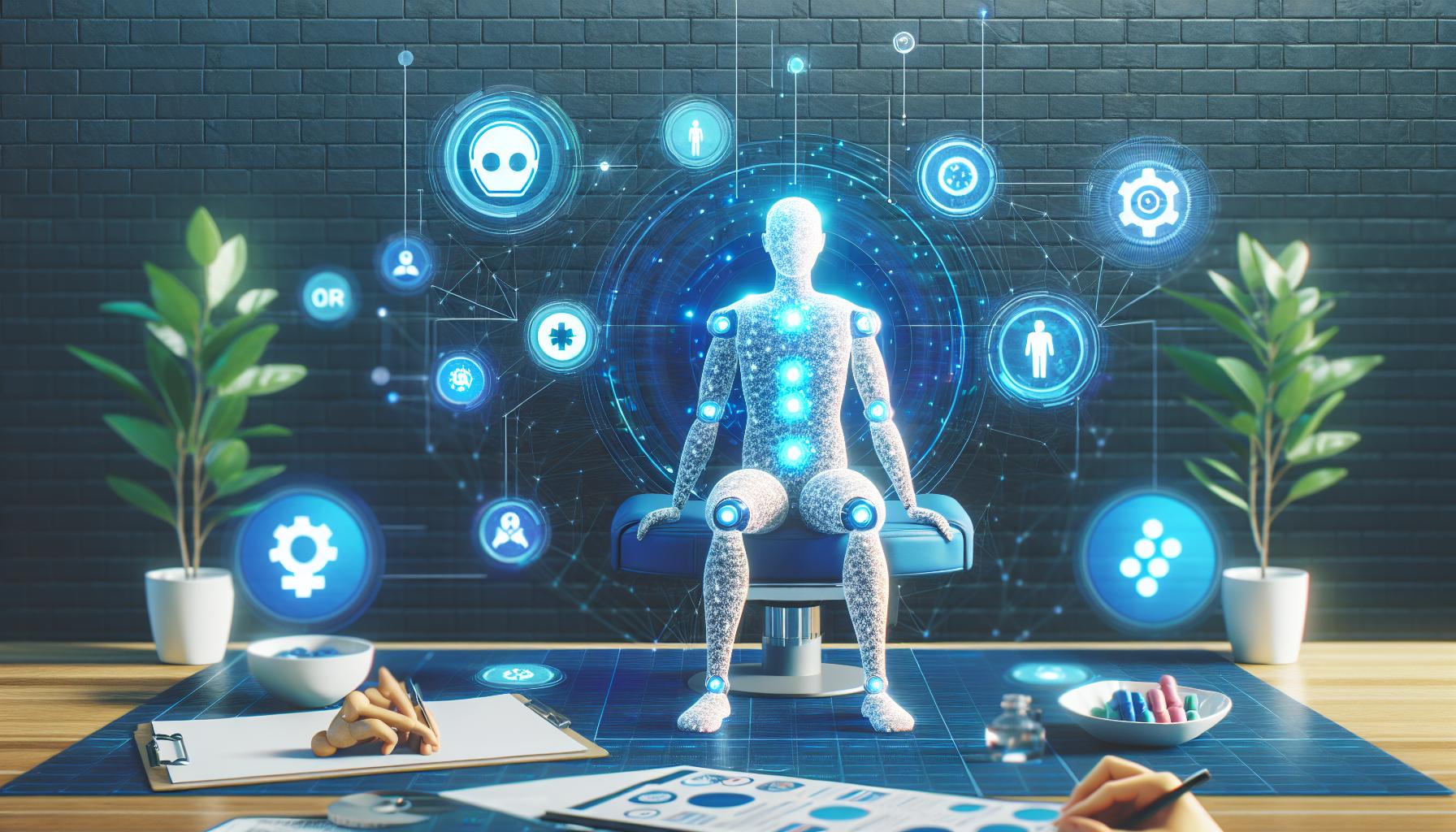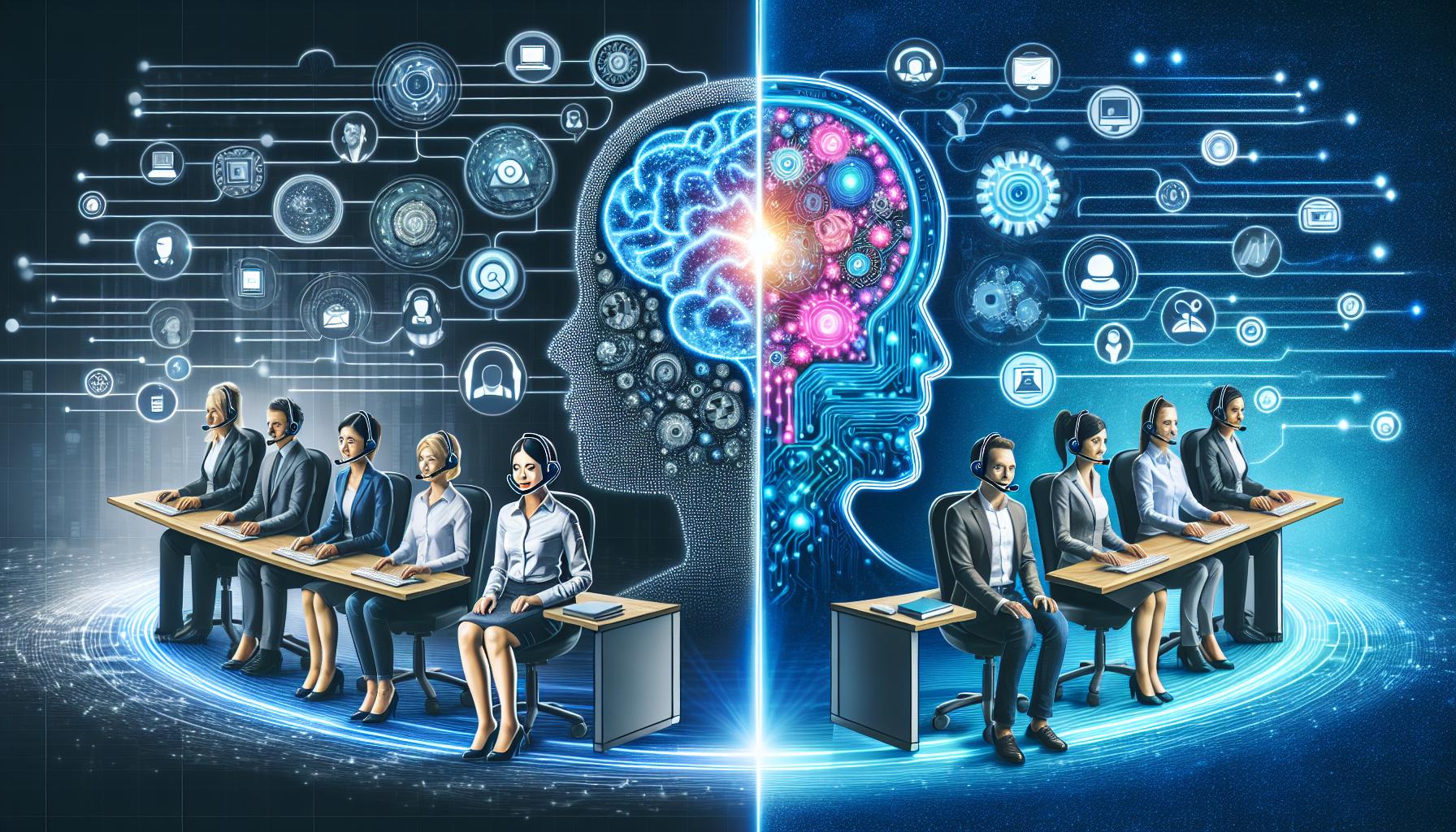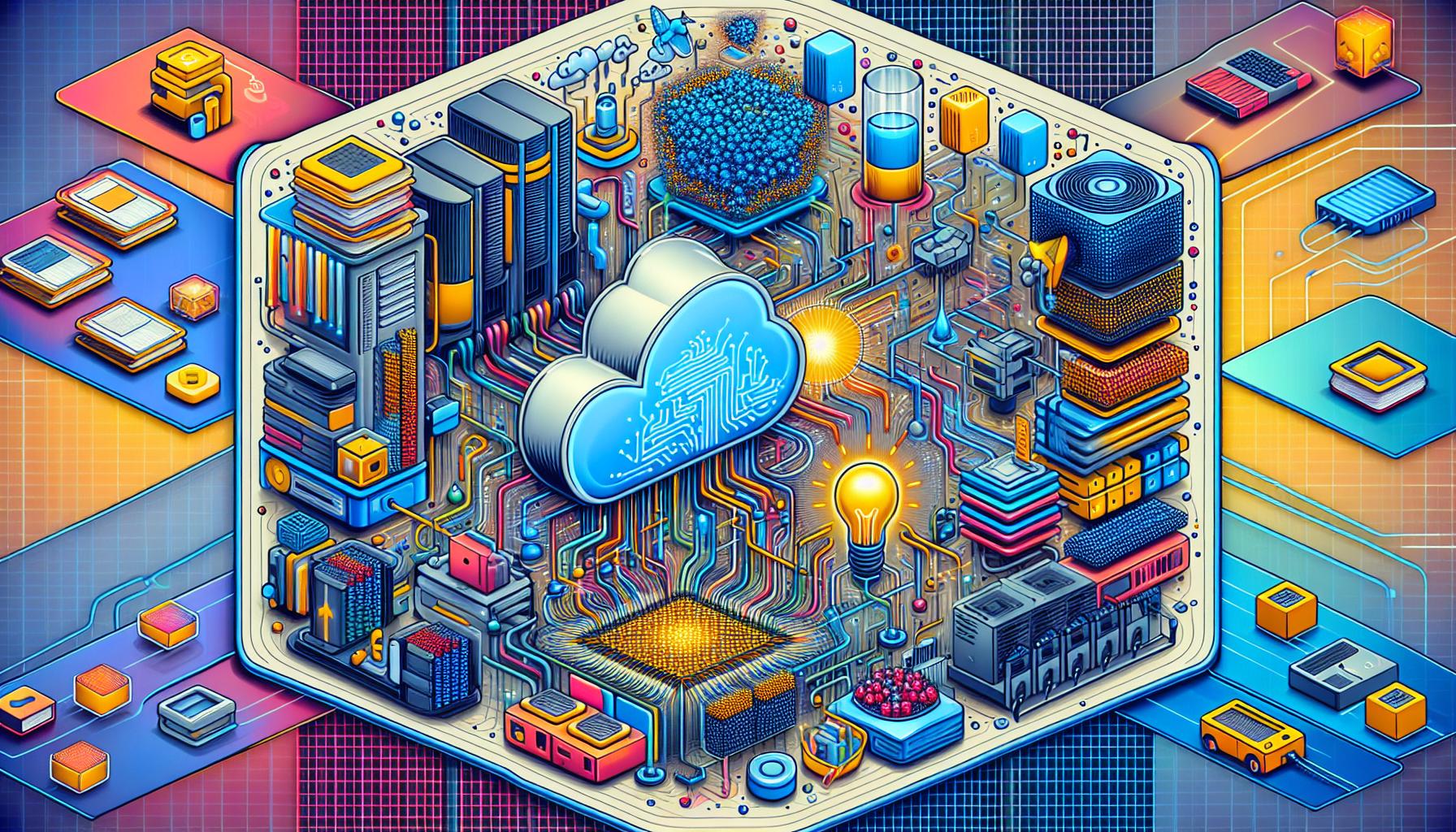What Is Generative AI: Unveiling the Future of Artificial Intelligence

Understanding Generative AI
Generative AI is an exciting frontier in the world of artificial intelligence, promising to revolutionize how we create and interact with digital content. At its core, Generative AI refers to systems that can generate novel outputs based on the input data they have been trained on. This capability has opened doors to a myriad of applications, from crafting unique pieces of digital art to writing business plans and even developing new proteins.
The journey of Generative AI began with the advent of deep learning, and it has evolved significantly with the introduction of pretrained large language models (LLMs). These models have gained traction for their ability to create content from text-based prompts, allowing users to guide the AI in generating desired outputs, whether it be text, code, or images. The implications of this technology are vast, particularly for enterprise businesses looking to innovate and streamline their operations.
Key Approaches in Generative AI
There are several methodologies in developing Generative AI, but two of the most prominent are Generative Adversarial Networks (GANs) and Transformer models.
Generative Adversarial Networks (GANs)
GANs are a fascinating approach to generative modeling, involving two neural networks: a generator and a discriminator. The generator creates outputs based on input data, while the discriminator evaluates these outputs to determine if they are real or fake. This adversarial process continues until the generator produces outputs that are indistinguishable from real data. This method has been instrumental in creating highly realistic images and videos.
Transformer Models
Transformer models, such as ChatGPT, have revolutionized how we handle sequential data. Unlike GANs, transformers process entire sequences of data, like sentences or paragraphs, which makes them incredibly effective for tasks like text generation and translation. Their ability to understand context and produce coherent outputs has made them a staple in natural language processing and AI-driven content creation.
Beyond GANs and Transformers
While GANs and transformers are the most popular, other techniques like Variational Autoencoders (VAEs) and Neural Radiance Fields (NeRFs) are also used in Generative AI. VAEs use two neural networks to generate new data based on sample data, while NeRFs are used for creating 2D and 3D images. Each of these models offers unique capabilities, expanding the horizons of what Generative AI can achieve.
Generative AI in Enterprise
For enterprises, Generative AI offers transformative potential. However, it is crucial to implement a human-in-the-loop approach. This means involving human oversight in the development and deployment of AI systems to validate and test automated workflows. By doing so, businesses can mitigate risks and ensure ethical use of the technology. Moreover, this approach helps build trust and confidence among stakeholders and customers, crucial for widespread adoption.
Generative AI can assist enterprises in numerous ways, from automating routine tasks to enhancing customer engagement through personalized content. As AI tools continue to evolve, they are set to become superpowered collaborators, assisting us in various aspects of business and life.
Conclusion
The future of Generative AI is bright and full of possibilities. As we continue to explore and refine these technologies, the potential applications are limitless. However, with great power comes great responsibility. It is essential for businesses to adopt these tools thoughtfully, ensuring ethical standards are met and human oversight is maintained. As we stand on the brink of a new era in AI, the challenge lies in harnessing this power to create a better, more efficient world.
To stay ahead in this rapidly evolving field, enterprises should invest in understanding the capabilities and limitations of Generative AI. By doing so, they can leverage these tools to drive innovation and maintain a competitive edge in the market.
FAQs
What is Generative AI? Generative AI refers to systems that can create new content based on input data, using models like GANs and Transformers.
How does Generative AI work? It works by training models on large datasets to generate new outputs, often involving deep learning techniques.
What are the applications of Generative AI? Applications range from digital art creation to business process automation and even drug discovery.
Why is human oversight important in Generative AI? Human oversight ensures ethical use, builds trust, and helps validate AI outputs, preventing potential risks.
What are the future prospects of Generative AI? The future is promising, with AI tools expected to become integral in various industries, aiding in innovation and efficiency.




